What’s the Ideal Indoor Humidity Level for Your Home? Facts & FAQ
-

- Last updated:
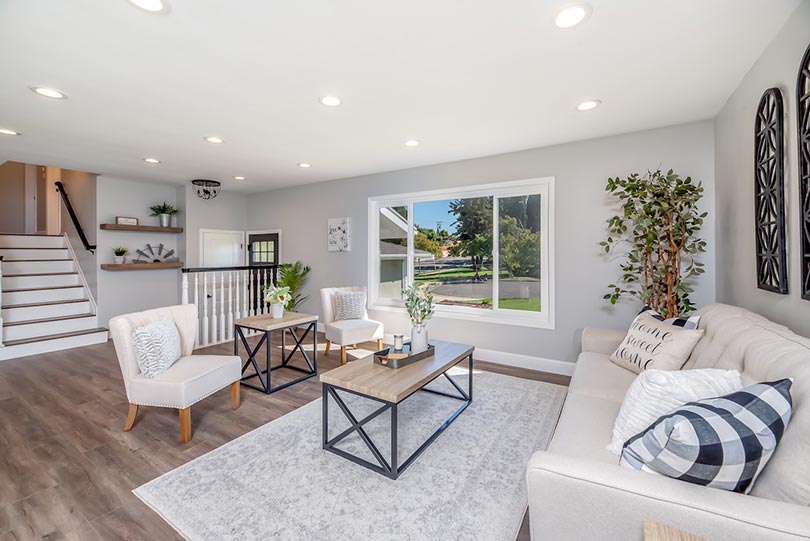
When it’s cold outside, we rush to put on something warmer. Hot temps, in turn, make us open the windows and change into shorts. We do that almost unconsciously. The same can’t be said about humidity, though.
While we can, of course, feel fluctuations in humidity, figuring out the ideal level can be a bit tricky. Is 60% high or low? Should you start to worry when the levels reach 70–80%? What’s the normal humidity level for different times of the year? How does moisture affect human bodies? Is dry air worse than humid air? And more importantly, how can we control humidity levels in our house? The average is between 30%-60%.
We’ve got you covered! The following guide includes detailed yet user-friendly answers to all your questions and more!
Normal Humidity Levels for a House
The best thing about humidity is you don’t have to be scientific about it. Aim for 30–60%. As long as you manage not to go over 60%, you’re good. If you’re sensitive to moisture levels, go for 30–50%. This is the ideal range not only for humans but also for most pets and plants. When humidity is within acceptable limits, it’s much easier to breathe.
We’ll talk about the side effects of abnormally high/low moisture levels in a moment. For now, let’s focus on the normal levels at different times of the year.
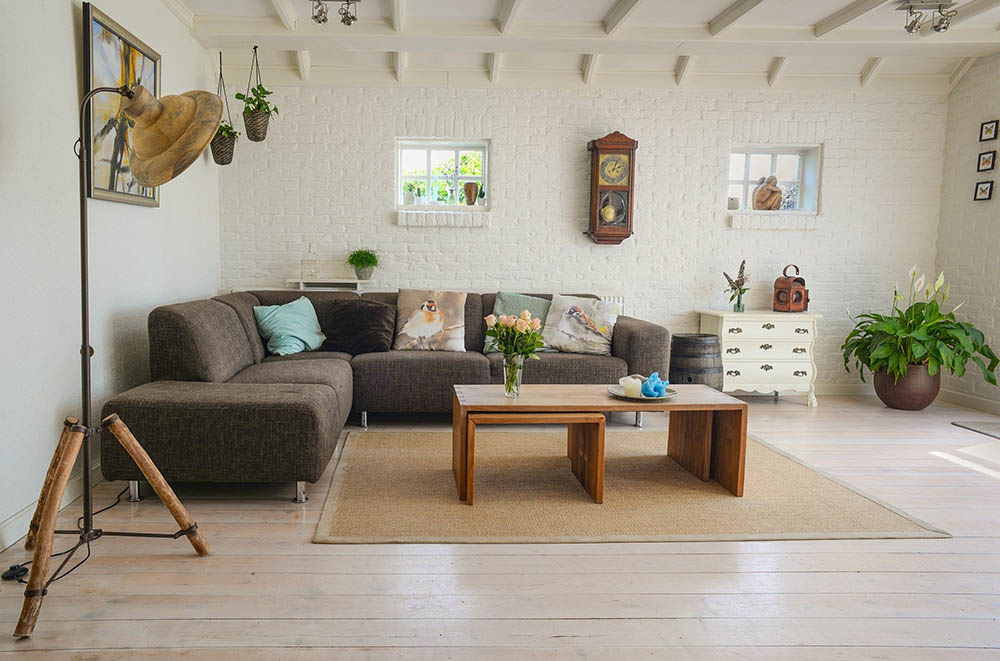
Normal Humidity Levels in Winter
Winter is the driest time of the year. That’s why humidity levels in the 25–40% range are completely normal. And the colder outside air you let into the house, the less humid it will be. To increase moisture levels, buy a humidifier. It will be able to give you a 10–15% boost. Set it to 30–35% for the best results.
Normal Humidity Levels in Spring
As the snow melts and it starts to rain, humidity levels see a dramatic spike. Depending on where you live, it may very well be twice as humid during spring compared to winter. The normal humidity for this time of the year is 30–60%.
Normal Humidity Levels in Summer
If the sun is always up and the temperature rarely drops below 75–80 degrees Fahrenheit, you’ll have a humid summer on your hands. Remember—the hotter it is and the stronger the sun burns, the quicker the lakes and the oceans will evaporate, and the more water the air will retain. Rain also plays a role here, of course, and keeps humidity levels up. A healthy humidity level for summer is between 40% and 55%.
Normal Humidity Levels in Fall
Ideally, moisture levels should never go higher than 50% during fall. However, if you live somewhere in Florida, Alabama, or Georgia, humidity levels in the 60–70% range will be common. And in certain areas, 80%+ is what you’ll experience most of the time. So, essentially, it depends on the climate and the area. In many parts of the country, fall is the most humid time of the year.
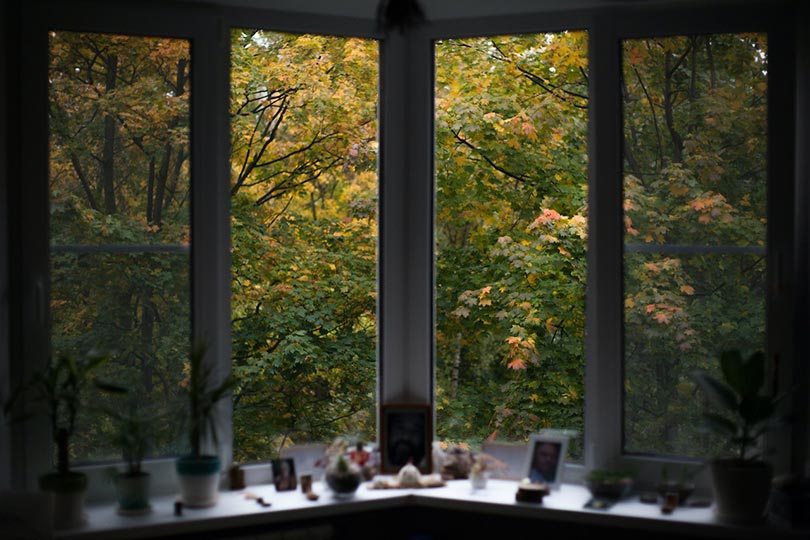
Why Does Humidity Matter?
If you’ve ever been to a rainforest or the swamps in Louisiana, you know what it feels like when your entire body is covered in sweat. Imagine if you had to deal with that in your own home 24/7! Next, sky-high humidity levels cultivate mold growth. That’s especially true for dark basements, attics, and, of course, the bathroom. Besides, when the moisture levels are well above average, the air quality in the house worsens quickly. For a person with asthma or other respiratory diseases, this is a big problem.
It becomes harder for them to breathe. And let’s not forget that fungi, dust mites, and mildew prefer humid areas and will spread rapidly. Natural wood is also highly vulnerable to humidity. Over time, floors, walls, furniture, and other parts of the house will swell, crack, and even split. Low humidity levels are just as dangerous. The wood will start to crack. The air, in turn, will feel too dry for comfort and can make your eyes hurt and your nose bleed, eventually leading to dehydration and a sore throat.
How to Increase or Decrease Humidity Levels?
Here’s how you can keep humidity levels low:
- Invest in a dehumidifier. It’s as simple as that: pick a model that you like, plug it in, and it will do the rest. Dehumidifiers have proven to be quite effective at controlling humidity spikes and keeping the levels at bay. They absorb moisturized air, strip it off the water particles, and “spit” it out dry.
- Turn the air conditioner and kitchen fan on. Just like a heater, the conditioner will dry the air out, making it less humid. Alternatively, you can let the exhaust fan in the kitchen do the heavy lifting. Remember: cooking food releases extra moisture into the atmosphere. Without a fan, you will end up with a spike in humidity.
- Keep the fans running. Sitting right in front of a working fan is dangerous and can make you sick. However, if the fan is “hitting” your body from afar, there’s nothing to worry about. Also, don’t forget to keep the air filters in check. When they’re cracked or clogged, humidity levels start to go up.
And here’s a short guide on boosting humidity:
- Get yourself a humidifier. Essentially, a humidifier is a device that sprinkles the area with water, increasing humidity levels in the atmosphere. One single unit won’t be able to handle a big house, but if you put it in an average-sized room, you’ll be impressed by its performance. Houseplants are also known to increase humidity, but only by a small amount.
- Stop using cleaning products and sprays. Scented cleaners reduce moisture levels in the air, just like pest control powders and certain paint types. More than that, they can make your eyes and throat hurt. Switching to different products might solve the issue. Air drying inside the house will help, too.
- Use moisturizers and nasal sprays. Start by taking cold showers. Next, moisturize your skin and use a nasal spray to breathe easily. Last, but not least, make a habit of drinking at least half a gallon of water per day. A quick note: men generally need more water than women (3.7 liters vs. 2.7 liters).
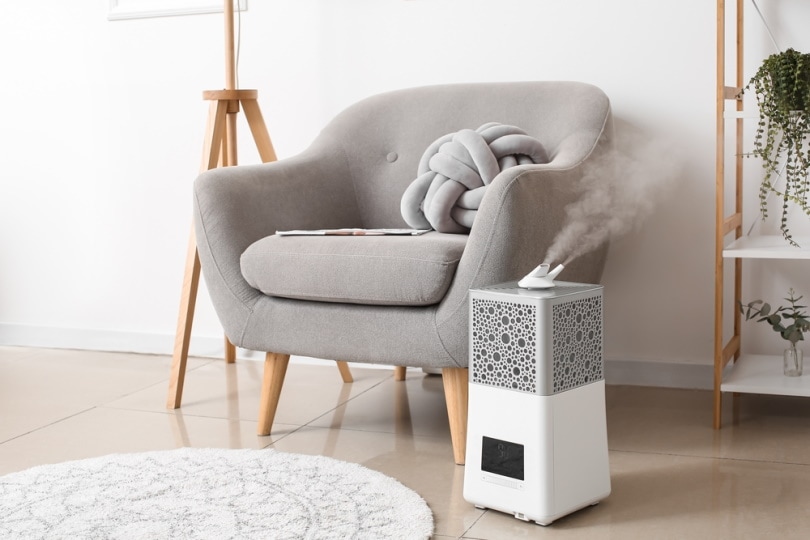
Absolute Humidity vs RH and Dew Point
Absolute humidity is measured in grams and indicates how much water vapor is in the air. It doesn’t take into account how hot or cold the temperature is and is classified as an accurate measurement. Relative humidity, in turn, is expressed in percentage and measures how saturated the air is. So, 100% humidity means the air is fully saturated. And here’s the tricky part: RH levels go UP when the temperature drops and go DOWN when it increases.
That’s because warm air needs more moisture/water vapor to be saturated. However, relative humidity isn’t the best way of monitoring and measuring humidity levels. Here’s why: RH levels in Alaska are higher than in Louisiana, even though the South is notorious for being frustratingly humid. The North, in contrast, is much drier, despite the fact that RH is higher. If you want the “real deal”, check the dew point. It indicates the true, absolute quantity of water in the air, not how saturated it is.
Frequently Asked Questions
Why Are Humidity Levels Low in the Northern States?
It mostly has to do with air temperature. When the air is warm, it can hold more water. In contrast, when the air is cold, it has a rather limited water vapor capacity. That’s exactly why people sweat a lot in the South: the amount of water in the atmosphere there is well above the average. True, it’s also very hot in that part of the country, but it’s the abnormal humidity levels that make the climate so hard to cope with. In contrast, the cold northern air is dry.
That doesn’t mean high temps automatically mean off-the-chart humidity, though. For example, in the Sahara, the average temperature is 100+ degrees Fahrenheit. However, there’s very little moisture in the air, which is why it’s relatively easier to “handle” the heat. And then somewhere in the tropics (like the Amazon jungle/rainforest), humidity levels are always spiking and that’s why it feels like it’s much hotter, even though the temperature might not even be that high.
Does Humidity Affect Plant Growth?
Do you have a backyard garden or just like to grow plants indoors? Then make sure you’re keeping moisture levels in check. The soil, nutrients, watering, and sun exposure are, of course, very important, but humidity should also be taken into consideration. If you’re doing everything right, but the leaves are withering or refusing to grow, most likely, humidity is to blame here. Follow our guide on boosting and dropping humidity levels and that should solve the problem.
Are Humidity Sensors Worth It?
If you want to prevent humidity levels from jumping up and down all the time, a sensor won’t be of much health. These devices can’t change anything; they’re only good for monitoring. That’s why we’d recommend paying a bit more for a humidifier or dehumidifier that comes with a built-in set of sensors. The same is true for bathroom fans, refrigerators, and food processors.
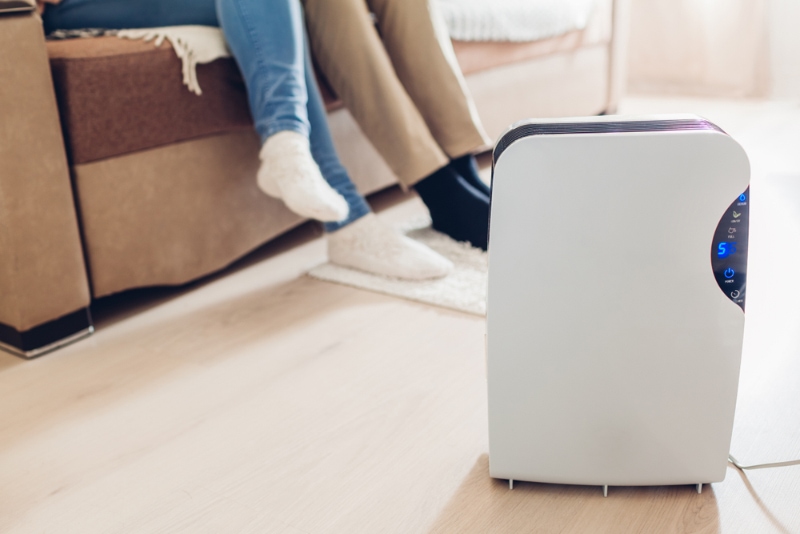
A Quick Reference Guide
| Time of the Year | Normal Humidity Levels |
| Winter | 25–40% |
| Spring | 30–60% |
| Summer | 40–55% |
| Fall | 60–65% |
Conclusion
Humidity plays a big role in our lives. When the levels are too high or too low, that has a direct impact on our health and well-being. The good news is that it’s not at all hard to keep humidity in your home at 30–50%, which is the golden middle. Today, we talked about the ideal levels for winter, spring, summer, and fall. Next, we compared absolute humidity to RH and dew point and learned how to control moisture levels in the house.
If you take your time with our guide and do everything right, you’ll be amazed by how big of an impact proper humidity levels will have on your life!
- NationalWeatherService – Discussion on Humidity
- Oh The Humidity. Which State Is The Most Humid?
- How Humidity Affects Wood Furniture and What to Do About It
- National Asthma Council – Indoor humidity and your family’s health
- How Much Water Do You Need to Drink a Day?
- What is the Best Humidity Level in Winter?
- How Humidity Affects the Growth of Plants
- 12 Best Ways to Increase Humidity in Your Home
- Ways To Raise Or Lower Your Home’s Humidity
- Org – 3 Ways Humidity Affects Asthma
- Com – Humidity and Asthma
- 8 Ways Dry Air Can Affect Your Health
- EPA – Mold Course Chapter 2
Featured Image Credit: Terry Magallanes, Pexels
Contents

